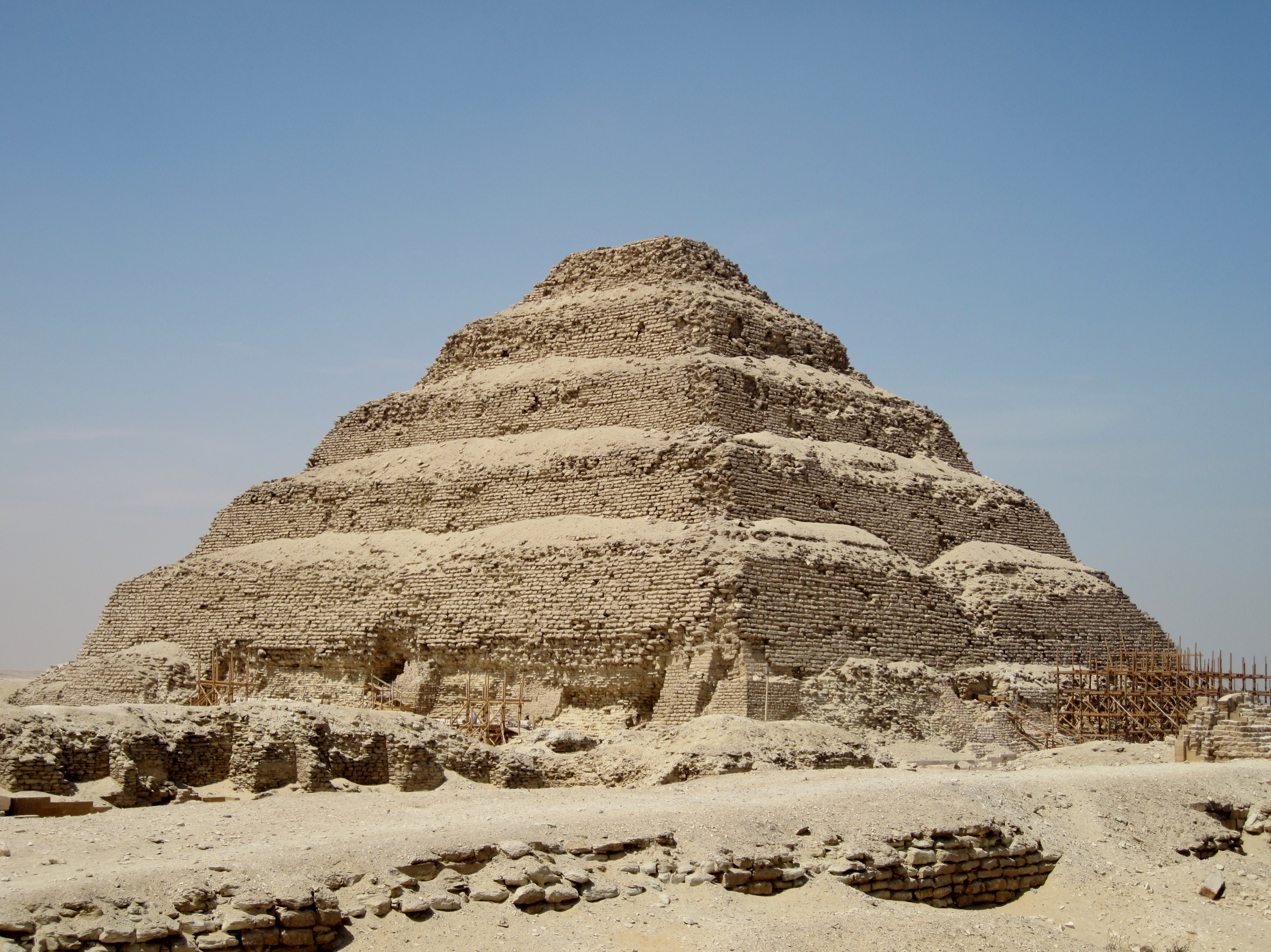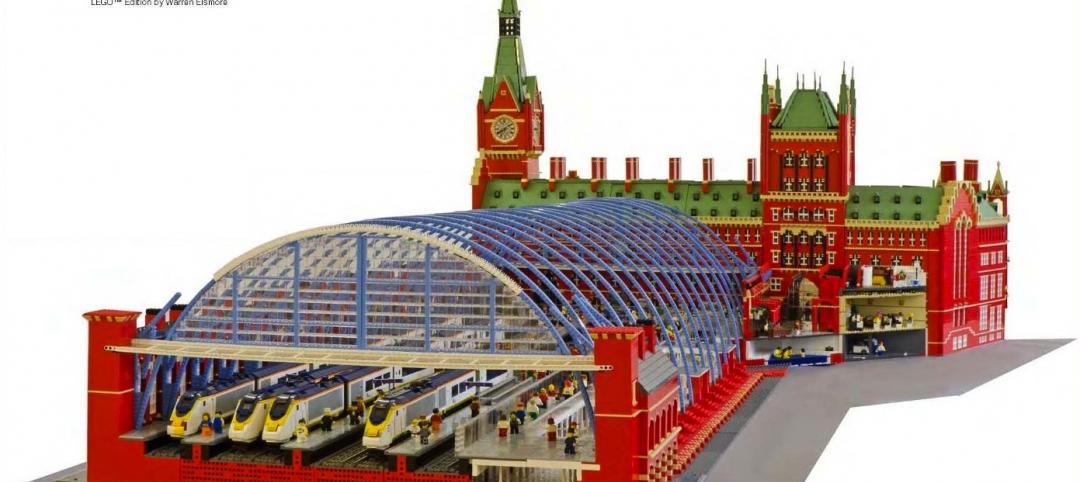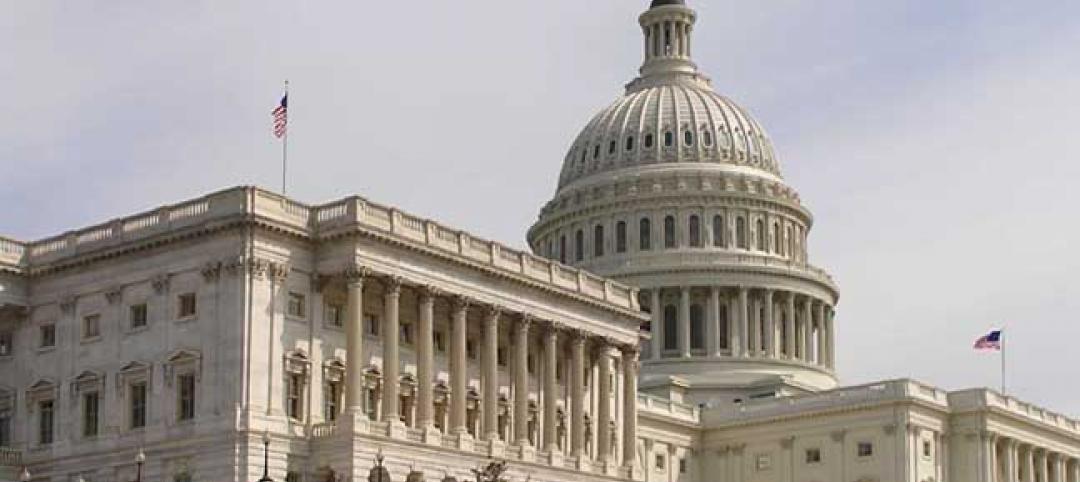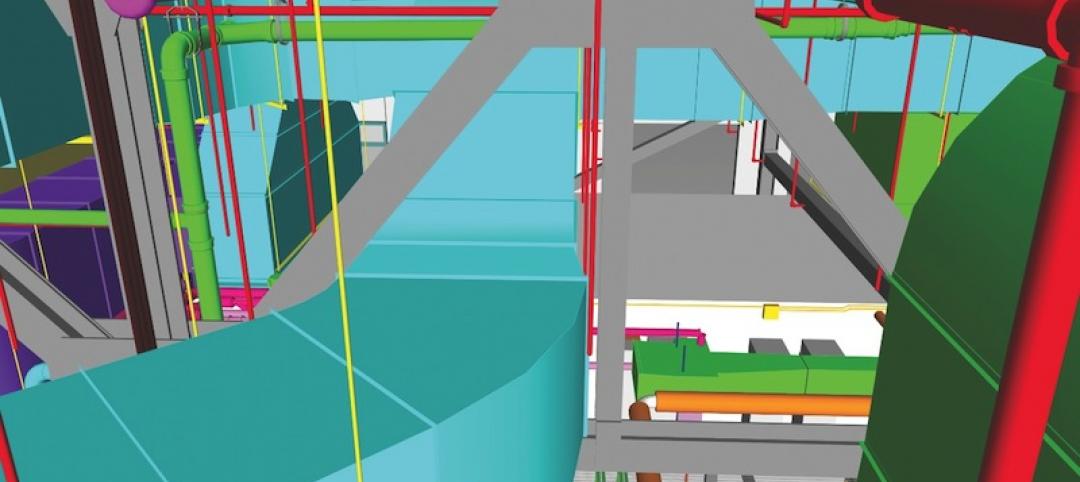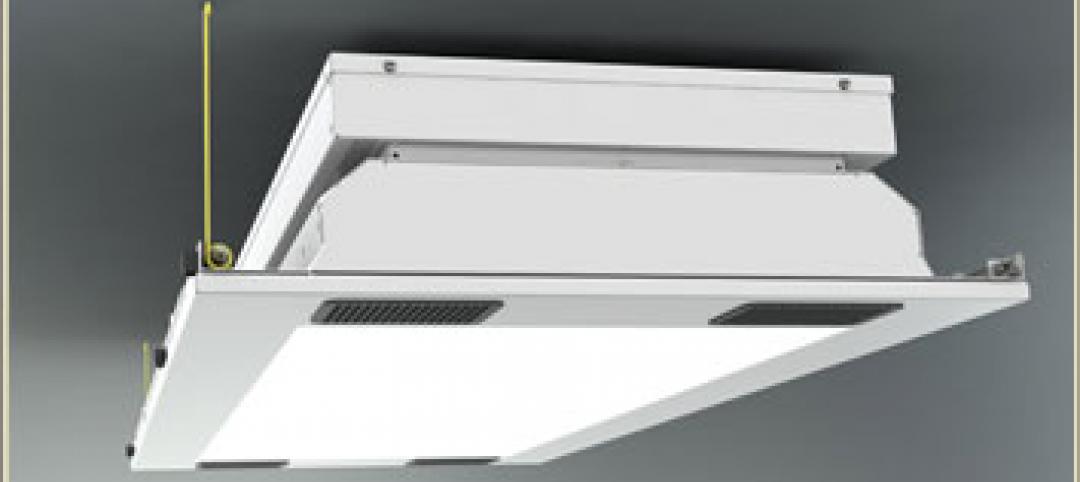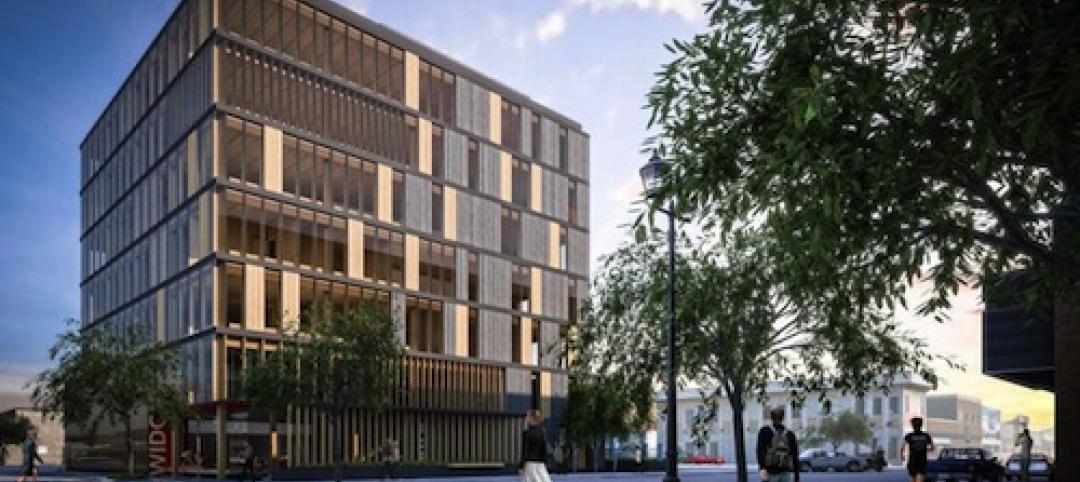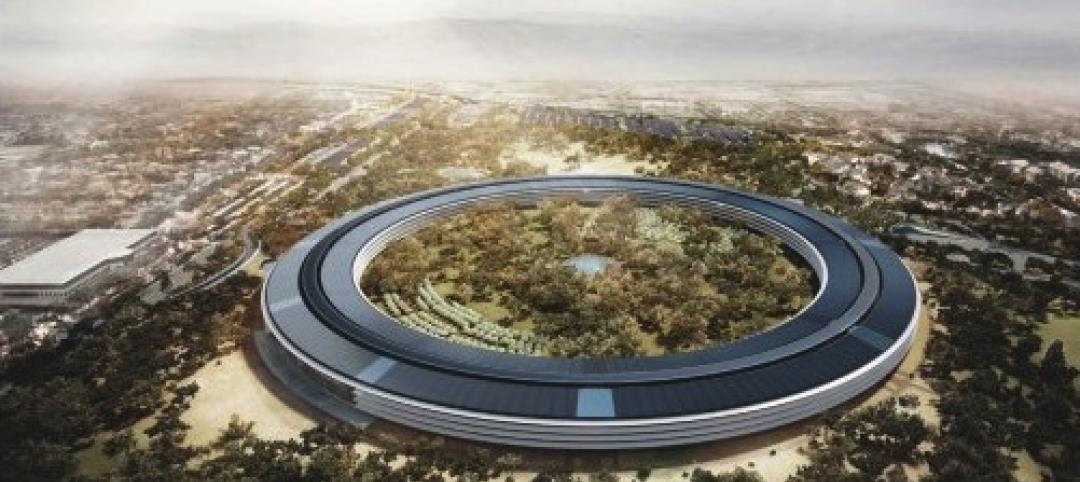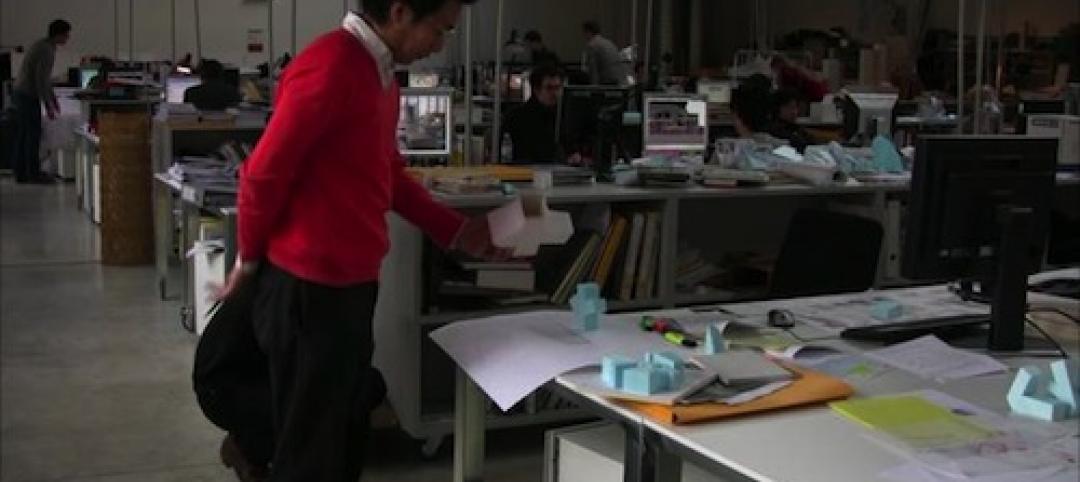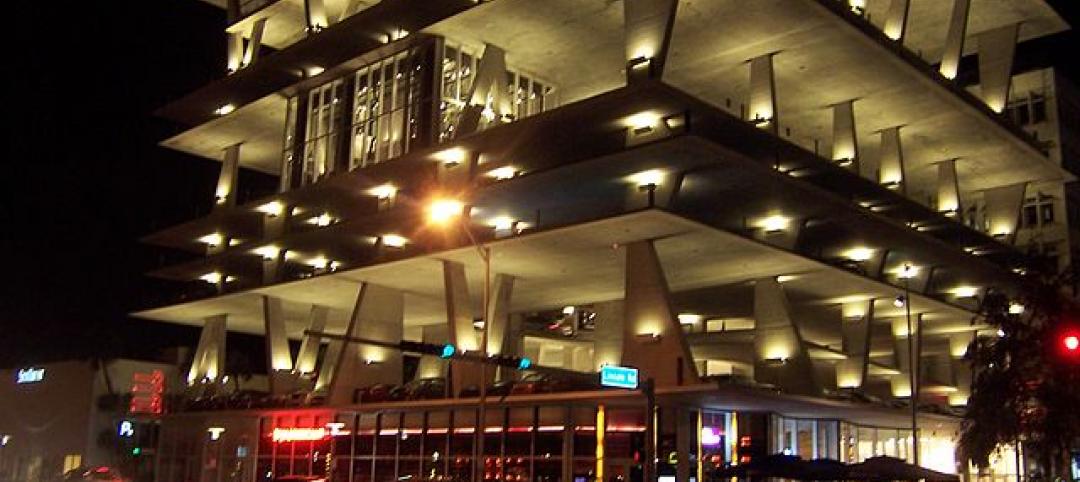For anyone who is a fan of architecture and is looking for something to scratch that nagging architectural knowledge itch, a YouTube channel recently brought into the light of day by ArchDaily may just be your perfect backscratcher.
The YouTube channel ACB (Art and Culture Bureau) has over 50 documentaries (currently 53, to be exact) exploring and celebrating great architectural achievements around the world and throughout history. Each 26-minute documentary centers on a culturally or architecturally significant building’s creation and how its creation has impacted architecture as a whole.
Each documentary is narrated in English and is of good quality and surprisingly high production value. They present plenty of footage of the featured structure along with pictures, models to help visualize certain aspects of the structures, and interviews with some of the architects (provided the buildings are recent enough).
The films were produced by some of the most renowned European cultural institutions including ARTE France, Les Films d’Ici, and the Louvre and feature buildings such as The Vienna Savings Bank, The Paris Fine Arts School, The House of Sugimoto, and the Pyramid of Pharaoh Djoser at Saqqara. As is made readily apparent by the buildings featured, there is no common theme among the documentaries in regards to time period or architectural style.
You can watch all of the documentaries here.
Related Stories
| May 1, 2013
A LEGO lover's dream: Guide to building the world's iconic structures with LEGO
A new book from LEGO master builder Warren Elsmore offers instructions for creating scale models of buildings and landmarks with LEGO.
| May 1, 2013
New AISC competition aims to shape the future of steel
Do you have the next great idea for a groundbreaking technology, model shop or building that could potentially revolutionize the future of the steel design and construction industry? Enter AISC's first-ever Future of Steel competition.
| May 1, 2013
Data center construction remains healthy, but oversupply a concern
Facebook, Amazon, Microsoft, and Google are among the major tech companies investing heavily to build state-of-the-art data centers.
| May 1, 2013
Groups urge Congress: Keep energy conservation requirements for government buildings
More than 350 companies urge rejection of special interest efforts to gut key parts of Energy Independence and Security Act
| May 1, 2013
World’s tallest children’s hospital pushes BIM to the extreme
The Building Team for the 23-story Lurie Children’s Hospital in Chicago implements an integrated BIM/VDC workflow to execute a complex vertical program.
| Apr 30, 2013
Healthcare lighting innovation: Overhead fixture uses UV to kill airborne pathogens
Designed specifically for hospitals, nursing homes, child care centers, and other healthcare facilities where infection control is a concern, the Arcalux Health Risk Management System (HRMS) is an energy-efficient lighting fixture that doubles as a germ-killing machine.
| Apr 30, 2013
First look: North America's tallest wooden building
The Wood Innovation Design Center (WIDC), Prince George, British Columbia, will exhibit wood as a sustainable building material widely availablearound the globe, and aims to improve the local lumber economy while standing as a testament to new construction possibilities.
| Apr 26, 2013
Apple scales back Campus 2 plans to reduce price tag
Apple will delay the construction of a secondary research and development building on its "spaceship" campus in an attempt to drive down the cost of developing its new headquarters.
| Apr 26, 2013
Documentary shows 'starchitects' competing for museum project
"The Competition," a new documentary produced by Angel Borrego Cuberto of Madrid, focuses on the efforts of five 'starchitects' to capture the design contract for the new National Museum of Art of Andorra: a small country in the Pyrenees between Spain and France.
| Apr 26, 2013
Solving the parking dilemma in U.S. cities
ArchDaily's Rory Stott yesterday posted an interesting exploration of progressive parking strategies being employed by cities and designers. The lack of curbside and lot parking exacerbates traffic congestion, discourages visitors, and leads to increased vehicles emissions.


